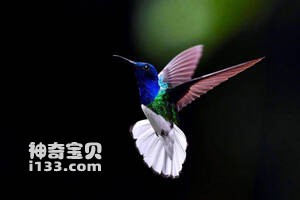
Eutoxeres aquila
Eutoxeres aquila,White-tipped Sicklebill
The species is known as Eutoxeres aquila or White-tipped Sicklebill, but its···
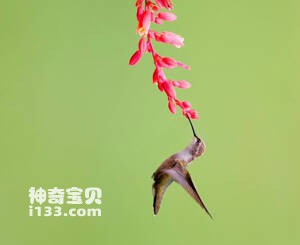
Anopetia gounellei
Anopetia gounellei,Broad-tipped Hermit
Anopetia gounellei, or Broad-tipped Hermit, is an unknown species.Protect wi···
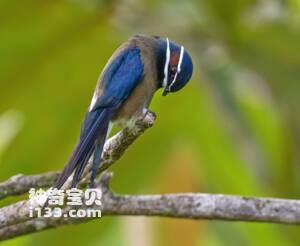
Hemiprocne comata
Hemiprocne comata,Whiskered Treeswift
The Whiskered Treeswift (Hemiprocne comata), because of its large body and l···
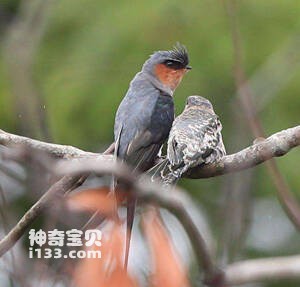
Hemiprocne coronata
Hemiprocne coronata,Crested Treeswift
Hemiprocne coronata, Crested Treeswift, has 6 subspecies.The swallowtail fli···
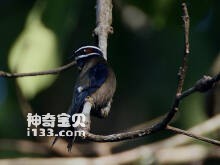
Hemiprocne mystacea
Hemiprocne mystacea,Moustached Treeswift
Its scientific name is Hemiprocne mystacea and its foreign name is Moustache···
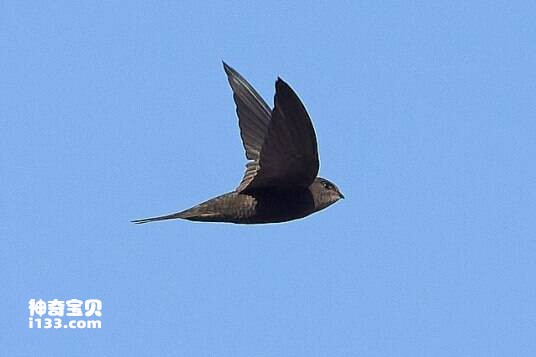
Apus unicolor
Apus unicolor,Plain Swift
Its scientific name is Apus unicolor, the foreign name is Plain Swift, and i···
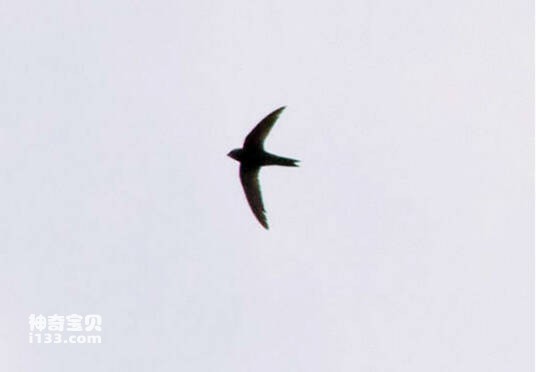
Apus sladeniae
Apus sladeniae,Fernando Po Swift,Martinet de Fernando Po
Apus sladeniae, also known as Fernando Po Swift or Martinet de Fernando Po, ···
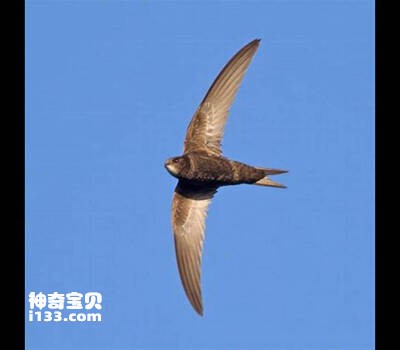
Apus pallidus
Apus pallidus,Pallid Swift
pallidus pallidus, foreign name Pallid Swift, is unknown.Protect wild animal···
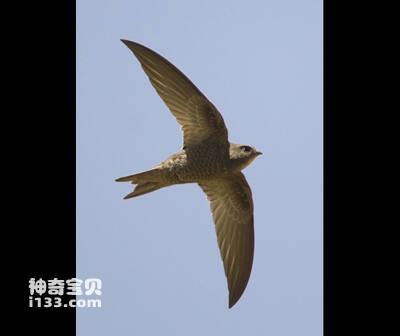
Apus niansae
Apus niansae,Nyanza Swift
Its scientific name is Apus niansae and its foreign name is Nyanza Swift.Pro···
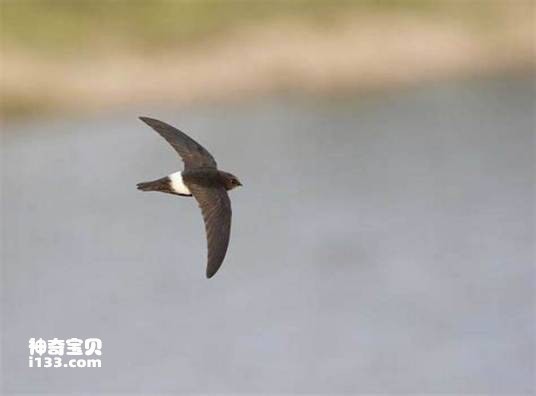
Apus horus
Apus horus,Horus Swift
Its scientific name is Apus horus, and its foreign name is Horus Swift.Prote···
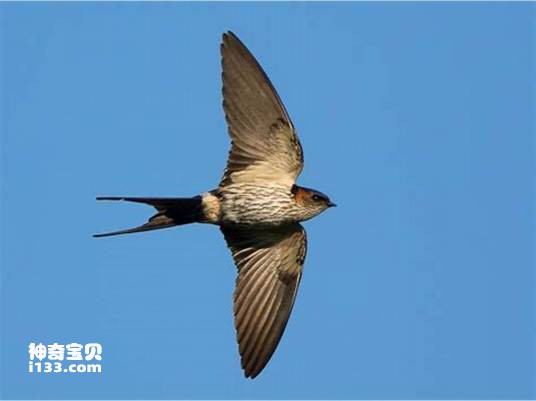
Apus caffer
Apus caffer,White-rumped Swift
The African White-rumped Swift is known as white-rumped swift or Apus caffer···
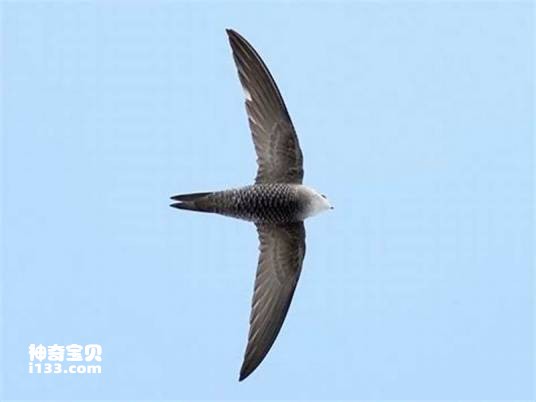
Apus bradfieldi
Apus bradfieldi,Bradfield's Swift
bradfieldi's scientific name is Apus bradfieldi, the foreign name is Bra···
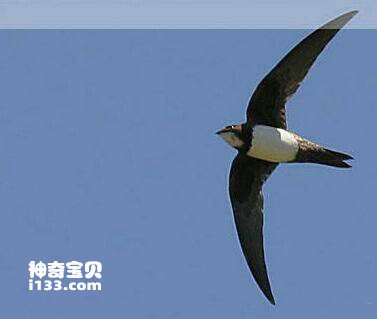
Berlioz's Swift
Berlioz's Swift,Apus berliozi
The scientific name of the swift Berlioz; s Swift, foreign name Apus berlioz···
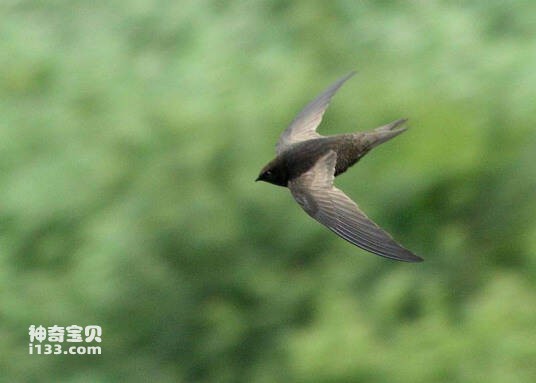
Apus batesi
Apus batesi,Bates's Swift
Its scientific name is Apus batesi, its foreign name is Bates' s Swift, ···
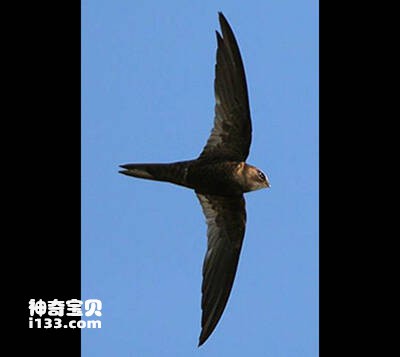
Apus barbatus
Apus barbatus,African Black Swift
The African Black Swift is known as Apus barbatus and African Black Swift.Pr···
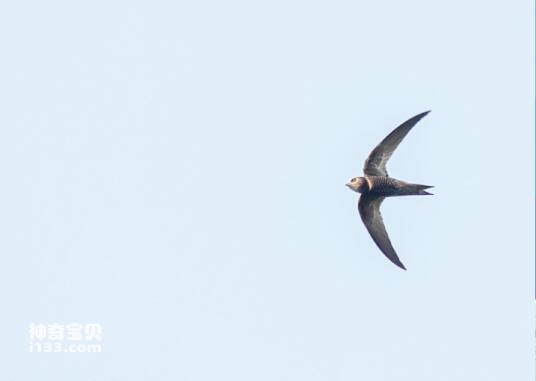
Malagasy Black Swift
Malagasy Black Swift,Apus balstoni
The Malagasy Black Swift (Apus balstoni) has an unknown habit.Protect wild a···
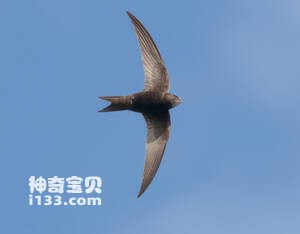
Apus apus
Apus apus,Common Swift,European Swift,Swift,Martinet noir
The Common swallow (Apus apus) has two subspecies: common Swift, European Sw···
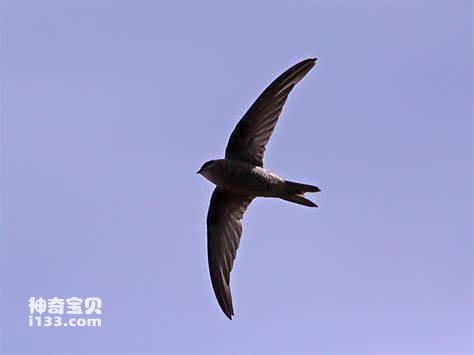
Apus alexandri
Apus alexandri,Alexander's Swift
Its scientific name is Apus alexandri, its foreign name is Alexander' s ···
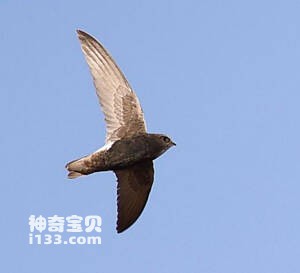
Apus affinis
Apus affinis,Little Swift,House Swift,Martinet des maisons
The small Swift (Apus affinis) has six subspecies: Little Swift, House Swift···
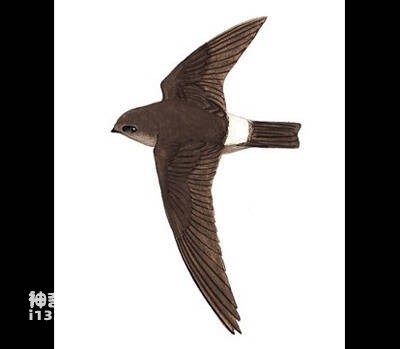
Aerodramus maximus
Aerodramus maximus
The Greater Swiftlet (Aerodramus maximus) is a species of animal in the genu···

Pelecanoides urinatrix
Pelecanoides urinatrix,South Georgia Diving petrel
Pelecanoides urinatrix, South Georgia Diving petrel, unknown.Protect wild an···
